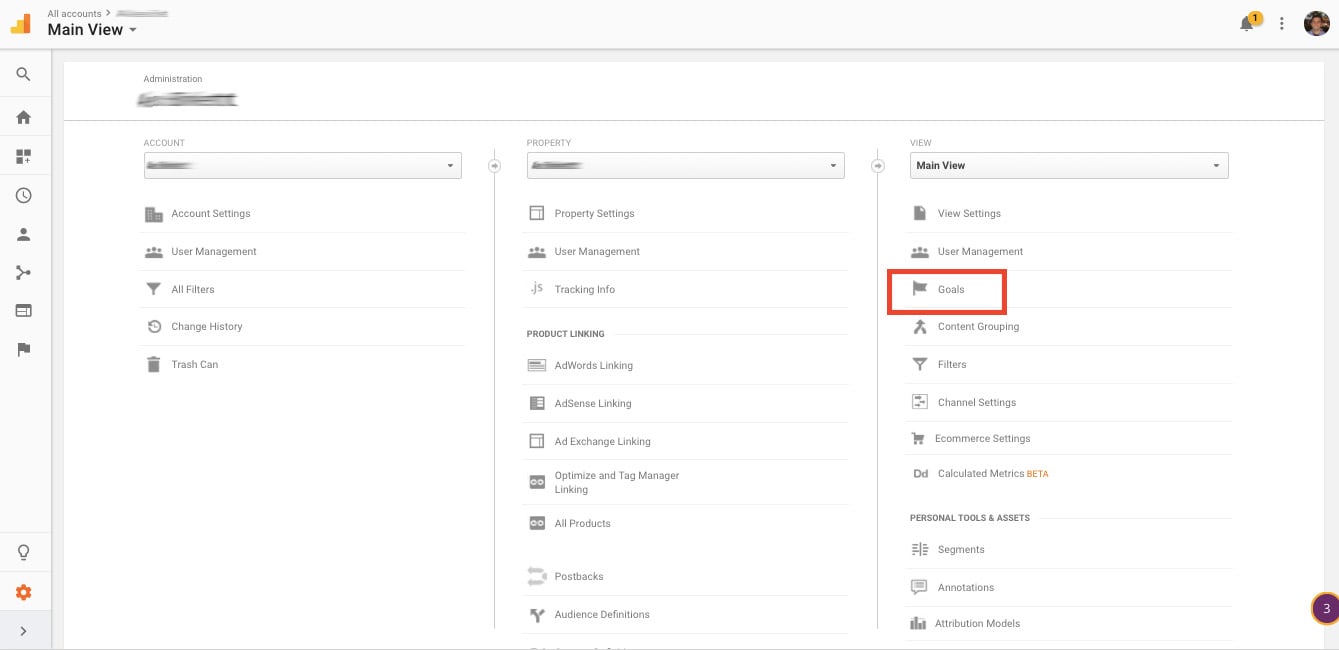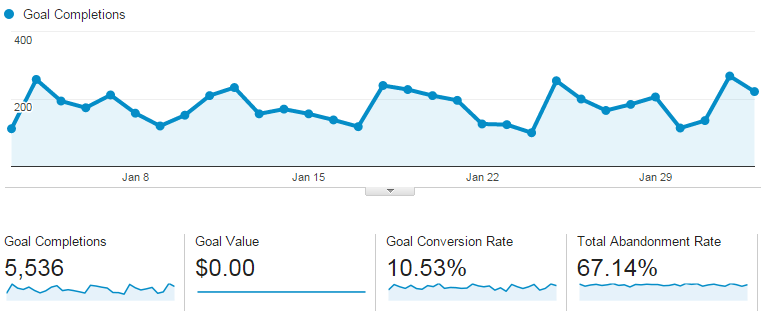Discover the Limitations of Google Analytics Goals: Revealing the Information Kind That Remain Untrackable
As organizations increasingly depend on data-driven decision-making, understanding the restrictions of devices like Google Analytics comes to be vital. While Google Analytics Goals deal valuable insights into customer communications, there exist information types that thwart tracking, positioning obstacles to an extensive understanding of user behavior.
Insufficient Customer Trip Tracking
Incomplete individual trip monitoring within Google Analytics can prevent the ability to precisely examine customer behavior. When the individual trip is not fully tracked, there are spaces in the information that stop a comprehensive understanding of how customers connect with a site. This lack of insight can cause missed chances for optimization and improvements to the customer experience.
One common concern with insufficient individual trip monitoring is the inability to see the complete path that individuals take previously finishing an objective or leaving the site. Without this info, it is testing to identify where users may be experiencing challenges or rubbing factors that avoid them from transforming. Furthermore, incomplete tracking can obscure the influence of certain marketing initiatives or site modifications on customer actions.
To address this limitation, it is critical to set up proper monitoring devices within Google Analytics to catch the whole user journey. This may involve setting up occasion monitoring, goal funnels, or making use of tools like Google Tag Manager to guarantee that no vital communications go unrecorded. By acquiring an extensive view of the customer journey, site owners can make even more educated choices to boost customer involvement and drive conversions.
Attribution Difficulties
Browsing with acknowledgment challenges in Google Analytics requires a thorough understanding of exactly how various touchpoints add to the overall conversion procedure. Acknowledgment obstacles arise from the intricacy of contemporary client trips, where individuals interact with multiple networks before converting. Google Analytics supplies different acknowledgment versions like initial touch, last touch, and linear, each supplying a various perspective on exactly how credit scores is designated to touchpoints along the conversion course. Nevertheless, these designs might not always accurately show truth impact of each touchpoint on the conversion.
One common attribution difficulty is the problem in associating conversions to the appropriate resource, especially in situations where customers engage with several networks before converting. This can cause mistakes in figuring out which marketing efforts are driving the most conversions. Furthermore, cross-device tracking positions an additional attribution obstacle, as users frequently switch over in between gadgets throughout their trip, making it challenging to track their interactions effortlessly. Marketers must carefully evaluate and translate attribution data to make educated choices and optimize their advertising and marketing strategies effectively.
Offline Conversions
Provided the challenges linked with attributing conversions properly in online channels, the dimension of offline conversions offers a substantial possibility for marketers looking for a much more detailed understanding of their customers' trip. Offline conversions describe actions that customers absorb the real world, such as use this link making acquisitions in brick-and-mortar stores or over the phone, attending events, or engaging with published materials - what article data is google analytics goals unable to track. These conversions are critical for businesses that run both online and offline, as they offer useful insights right into the performance of marketing projects throughout numerous touchpoints
Tracking offline conversions generally postured a significant obstacle for online marketers, as it was challenging to link these activities back to details on the internet communications accurately. Nonetheless, with improvements in innovation, such as the combination of CRM systems, unique identifiers, and voucher codes, companies can currently connect the gap between online and offline information to gain a much more alternative view of consumer habits. By effectively determining offline conversions, online marketers can optimize their methods, assign resources much more effectively, and ultimately boost the overall consumer experience.
Cross-Device Monitoring
Cross-device tracking plays an important function in recognizing the interconnected nature of customers' electronic interactions throughout multiple tools. In today's omnichannel globe, where individuals perfectly switch between mobile phones, desktops, and tablets, tracking their behavior across these gadgets is crucial for marketing professionals to obtain an extensive sight of their client trip.

In addition, personal privacy worries and guidelines such as GDPR and CCPA have better challenging cross-device tracking. With users demanding more control over their data and raised limitations on monitoring modern technologies, marketing experts must find cutting-edge and privacy-compliant ways to attach customer interactions throughout devices.
Dynamic Material Involvement
Understanding customer interaction with dynamic web content is crucial in optimizing electronic advertising strategies for enhanced audience communication. Dynamic content refers to site components that transform based on view it now individual habits, choices, or other aspects, supplying a customized experience. Tracking customer interactions with dynamic content presents difficulties for conventional analytics tools like Google Analytics.
While Google Analytics can track basic interactions like clicks and web page views, it may battle to capture even more nuanced engagements within dynamic material. what data is google analytics goals unable to track. Metrics such as time spent on particular dynamic elements, hover activities, or communications within pop-ups are often not conveniently quantifiable using standard monitoring methods. This restriction impedes online marketers' ability to completely comprehend exactly how individuals are engaging with vibrant material and tailor their approaches as necessary

Final Thought
In verdict, Google Analytics goals have limitations in tracking insufficient individual trips, associating conversions accurately, capturing offline conversions, tracking cross-device interactions, and gauging vibrant content engagement. These restrictions highlight the relevance of discovering additional tracking techniques and devices to gain a more comprehensive understanding of individual actions and conversions beyond what Google Analytics can provide.
While Google Analytics Goals offer beneficial insights into customer communications, there exist information types that thwart monitoring, presenting obstacles to an extensive understanding of individual behavior.Incomplete user trip tracking within Google Analytics can hinder the capacity to accurately assess individual habits. When the customer journey is not fully tracked, there are voids in the data that avoid a comprehensive understanding of how customers connect with a web site.One typical problem with insufficient individual journey monitoring is the lack of ability to see the complete path that individuals take before completing an objective or leaving the website. By getting an extensive sight of the user journey, web site proprietors can make more informed choices to enhance individual interaction and drive conversions.